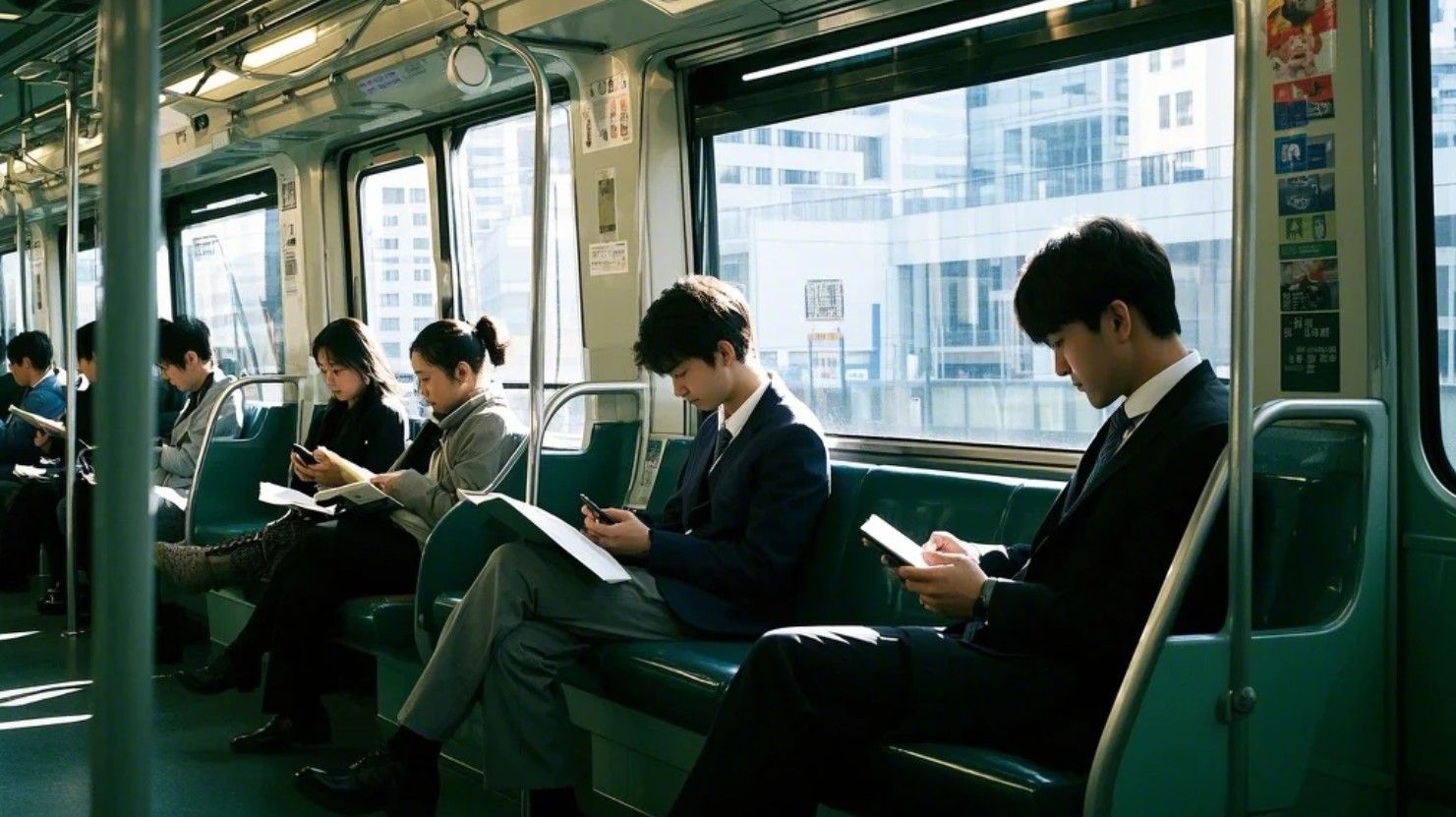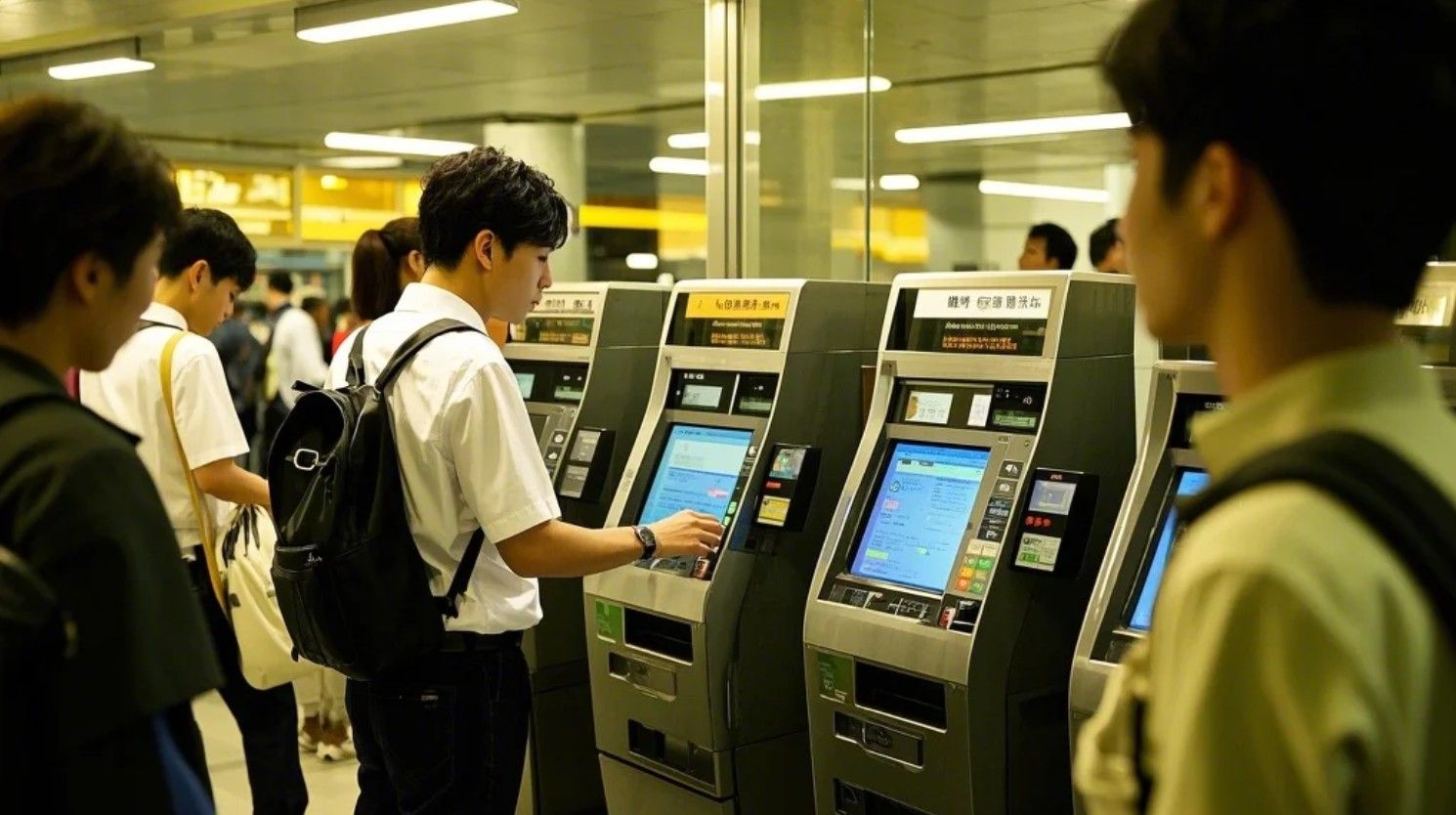Getting Around Tokyo: A Guide to the Metro System
| Tokyo, one of the world’s most vibrant and bustling cities, is known for its efficient and extensive public transportation system. At the heart of this system is the Tokyo Metro, a network of subway lines that connects the city’s neighborhoods, attractions, and business districts. While the metro system is incredibly convenient, it can also be overwhelming for first-time visitors. This guide will walk you through everything you need to know about navigating Tokyo’s metro system like a pro. Why Use the Tokyo Metro? The Tokyo Metro is the fastest and most efficient way to get around the city. With 13 lines covering over 300 kilometers and serving 285 stations, it’s the backbone of Tokyo’s public transportation. Here’s why you should use it:  Speed: Trains run frequently, often every 2–3 minutes during peak hours. Coverage: The metro connects major attractions, shopping districts, and business hubs. Affordability: Fares are reasonable, and discounts are available for tourists. Convenience: Stations are well-signposted in English, and trains are clean and punctual. Pro Tip: Combine the metro with JR lines, buses, and taxis to reach areas not covered by the subway. Understanding the Tokyo Metro System Before you start using the Tokyo Metro, it’s essential to understand its structure: Lines: The metro consists of 13 lines, each color-coded and labeled with a letter (e.g., M for Marunouchi Line). Stations: Each station has a unique number (e.g., M-17 for Shinjuku Station on the Marunouchi Line), making it easy to navigate. Transfers: Some stations are interchange hubs where multiple lines intersect, allowing you to switch trains seamlessly. Pro Tip: Download a Tokyo Metro map or use the Tokyo Subway Navigation app to plan your routes. How to Buy Tickets and Passes Navigating Tokyo’s metro starts with purchasing the right ticket or pass. Here are your options: Single Tickets: Buy a ticket from vending machines at the station. Fares range from **¥170 to ¥320**, depending on the distance. IC Cards: Suica and Pasmo are rechargeable IC cards that can be used on all metro lines, buses, and even at convenience stores. They’re convenient and save time. Tokyo Subway Ticket: This unlimited pass is available for 24, 48, or 72 hours and is perfect for tourists. Prices start at **¥800** for 24 hours. JR Pass: If you’re traveling outside Tokyo, the Japan Rail Pass covers JR lines, including the Narita Express and Shinkansen (bullet trains). Pro Tip: If you’re staying longer, consider the Tokyo Metro 24-Hour Ticket or Tokyo Metro + Toei Subway Pass for additional savings. Navigating the Stations Tokyo’s metro stations are large and complex, but they’re well-organized and easy to navigate with these tips: Signs: Look for color-coded signs and English station names. Arrows indicate the direction of trains. Platforms: Check the platform number and train direction before boarding. Transfers: Follow signs for transfer lines, and allow extra time for navigating large stations like Shinjuku or Tokyo Station. Exits: Stations have multiple exits, so check the exit map to find the one closest to your destination. Pro Tip: Use the station numbering system to identify your stop and track your progress on the map. Etiquette on the Tokyo Metro Tokyo’s metro is known for its order and politeness. Follow these etiquette rules to blend in: Queue: Line up in designated areas and wait for passengers to exit before boarding. Silence: Keep conversations quiet and avoid talking on the phone. Priority Seats: Give up priority seats for elderly, pregnant, or disabled passengers. Baggage: Place large bags on overhead racks or hold them in front of you to avoid blocking aisles. Pro Tip: Stand on the left side of escalators to allow others to pass on the right. Tips for Avoiding Crowds Tokyo’s metro can get extremely crowded, especially during rush hours (7–9 AM and 5–7 PM). Here’s how to avoid the crush: Travel Off-Peak: Plan your trips outside rush hours. Avoid Busy Lines: The Chuo Line and Yamanote Line are particularly crowded—opt for less busy lines if possible. Use Women-Only Cars: During peak hours, some trains have women-only cars for added comfort and safety. Pro Tip: If you must travel during rush hour, stand near the ends of the platform, where carriages are often less crowded. Must-Know Metro Lines Here’s a quick guide to the most useful Tokyo Metro lines for tourists: Ginza Line (Orange): Connects Shibuya, Ginza, and Asakusa. Marunouchi Line (Red): Links Shinjuku, Tokyo Station, and Ginza. Hanzomon Line (Purple): Runs from Shibuya to Oshiage (near Tokyo Skytree). Chiyoda Line (Green): Connects Yoyogi Park, Akihabara, and Ningyocho. Oedo Line (Magenta): A loop line that stops at Roppongi, Tsukiji, and Shinjuku. Pro Tip: The Yamanote Line (a JR line) is also essential for tourists, as it circles central Tokyo and stops at major hubs like Shinjuku, Shibuya, and Ueno. Using the Metro for Sightseeing The Tokyo Metro is a gateway to the city’s top attractions. Here’s how to reach some popular spots: Shibuya Crossing: Take the Ginza Line or Hanzomon Line to Shibuya Station. Tokyo Skytree: Use the Hanzomon Line to Oshiage Station. Asakusa and Senso-ji Temple: Ride the Ginza Line to Asakusa Station. Tsukiji Fish Market: Take the Oedo Line to Tsukiji Shijo Station. Akihabara: Use the Chiyoda Line or Hibiya Line to Akihabara Station. Pro Tip: Combine metro rides with walking or cycling to explore neighborhoods in depth.  Safety and Accessibility Tokyo’s metro is safe and accessible, but here are some tips to ensure a smooth experience: Lost and Found: If you lose something, check the Lost and Found office at the station or contact the metro operator. Emergency Exits: Familiarize yourself with emergency exits and procedures. Accessibility: Many stations have elevators, ramps, and tactile paving for visually impaired passengers. Pro Tip: If you need assistance, look for station staff wearing red armbands. Conclusion Navigating Tokyo’s metro system is an essential skill for any visitor to the city. With its extensive network, punctual service, and user-friendly features, the Tokyo Metro is the best way to explore this dynamic metropolis. By understanding how to buy tickets, navigate stations, and follow local etiquette, you can travel like a pro and make the most of your time in Tokyo. So grab your Suica card, study the map, and get ready to experience the wonders of Tokyo—one metro ride at a time! |
mike
|
2025.03.21




